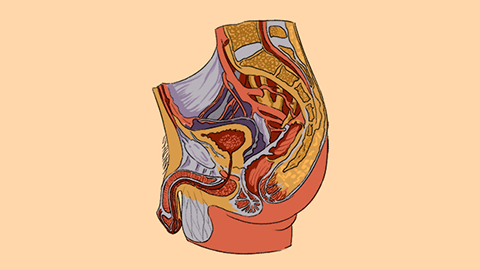What are the symptoms of genital herpes virus?
Typical symptoms of genital herpes virus infection generally include clustered blisters in the genital area, local burning and pain, ulcers and crusting, discomfort during urination, and systemic symptoms. If you have any concerns, it is recommended to seek medical advice promptly. Detailed analysis is as follows:

1. Clustered blisters in the genital area: During the early stage of infection, multiple small, transparent or milky-white clustered blisters may appear on areas such as the glans or coronal sulcus in males, or the labia majora/minora and vaginal opening in females. The blister walls are thin and easily ruptured by friction or touch.
2. Local burning and pain: Before or along with the appearance of blisters, the affected area and surrounding skin may experience significant burning, pain, or itching. This discomfort intensifies during movement, clothing friction, or urination, affecting daily activities.
3. Ulcers and crusting: After the blisters rupture, superficial ulcers form, with possible yellowish exudate on the surface, accompanied by pain. As the condition progresses, the ulcer surface gradually dries and forms a light yellow or brown crust. After the crust falls off, there is generally no significant scarring.
4. Discomfort during urination: Some patients may experience symptoms such as frequent urination, urgency, or painful urination due to ulcers or inflammation irritating the urethra. In severe cases, difficulty urinating may occur, especially in female patients, whose anatomical structure may make symptoms more pronounced.
5. Systemic symptoms: Primary infection may be accompanied by systemic symptoms such as mild fever, headache, fatigue, and muscle pain. Additionally, lymph nodes in the groin area may become swollen and tender. These systemic symptoms typically resolve on their own within a few days.
Seek medical attention immediately upon experiencing suspected symptoms to avoid self-diagnosis and treatment delays. Keep the affected area clean and dry during treatment, and avoid close contact to prevent transmission.





